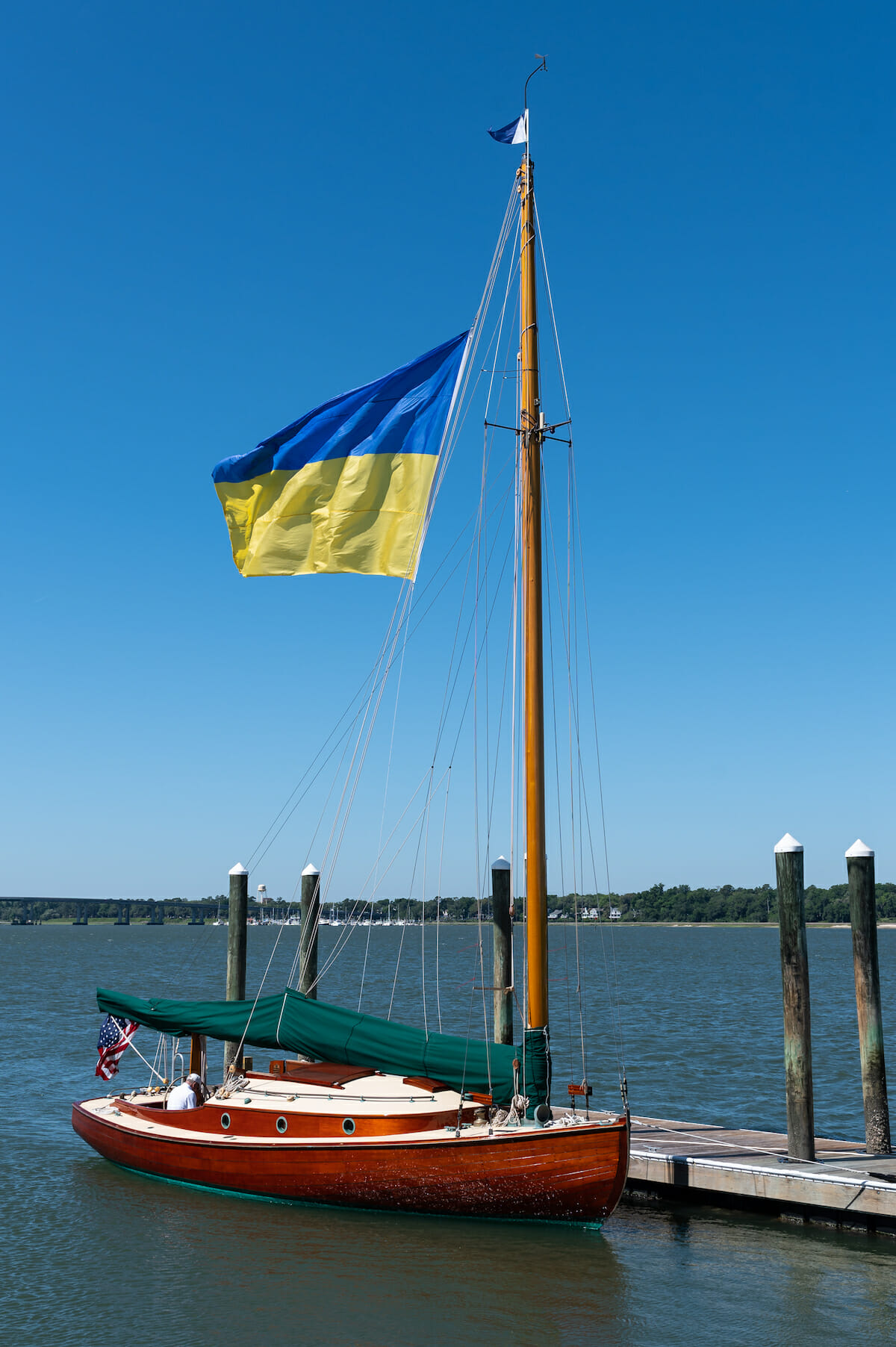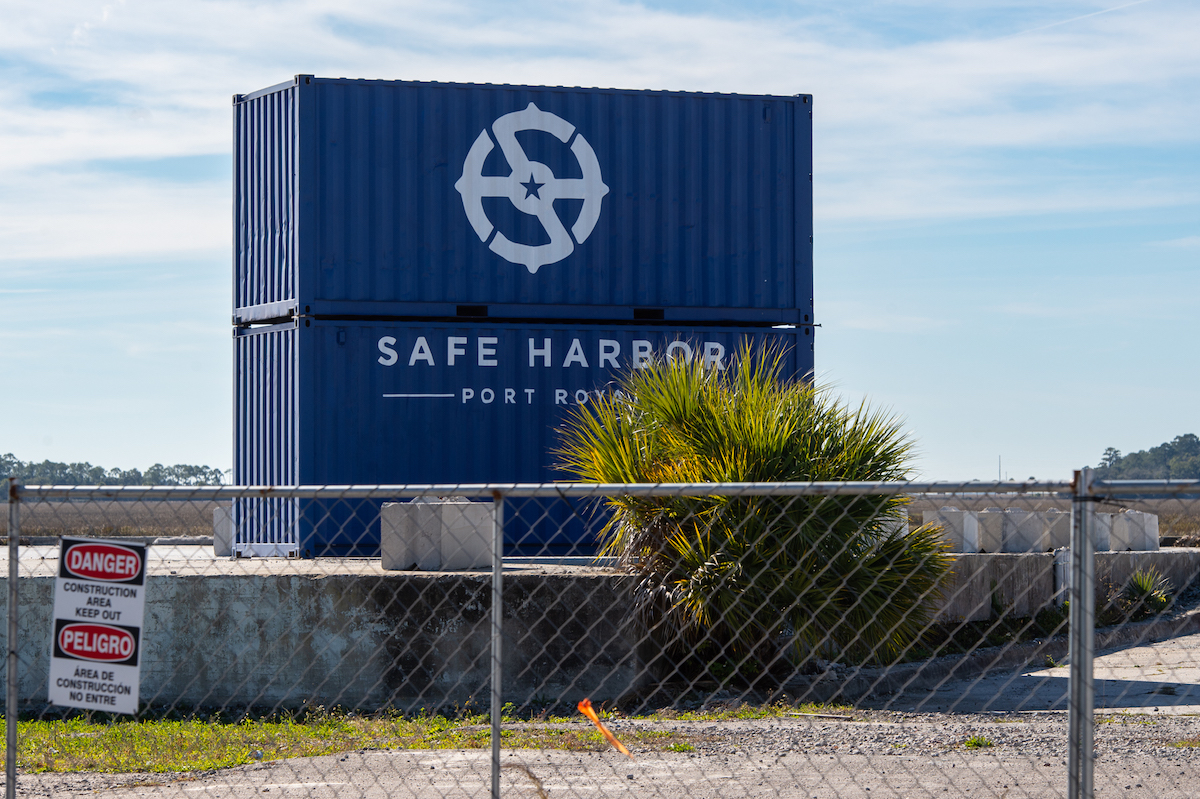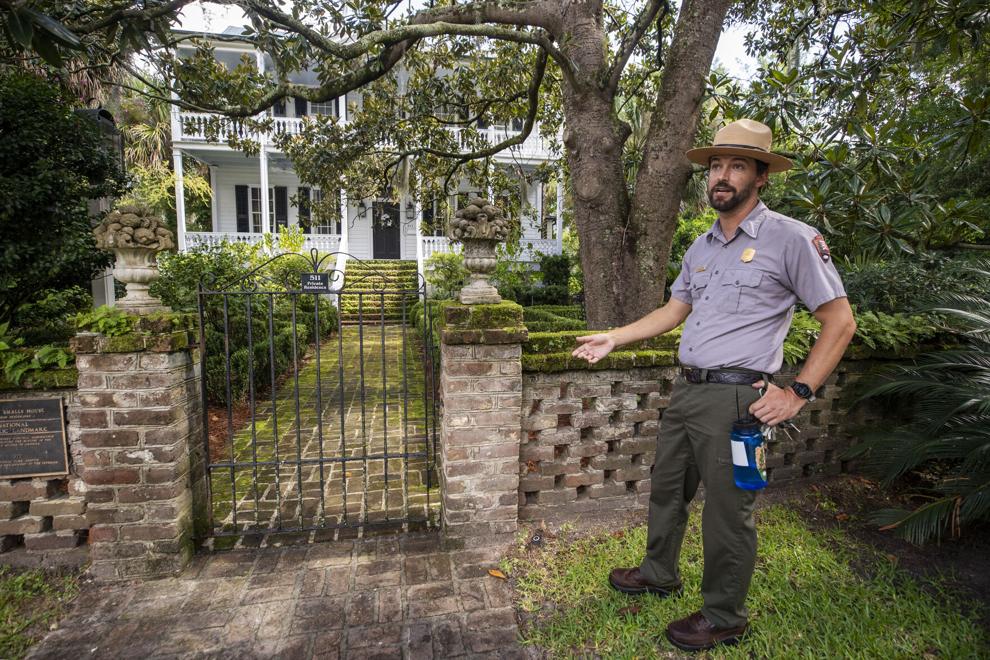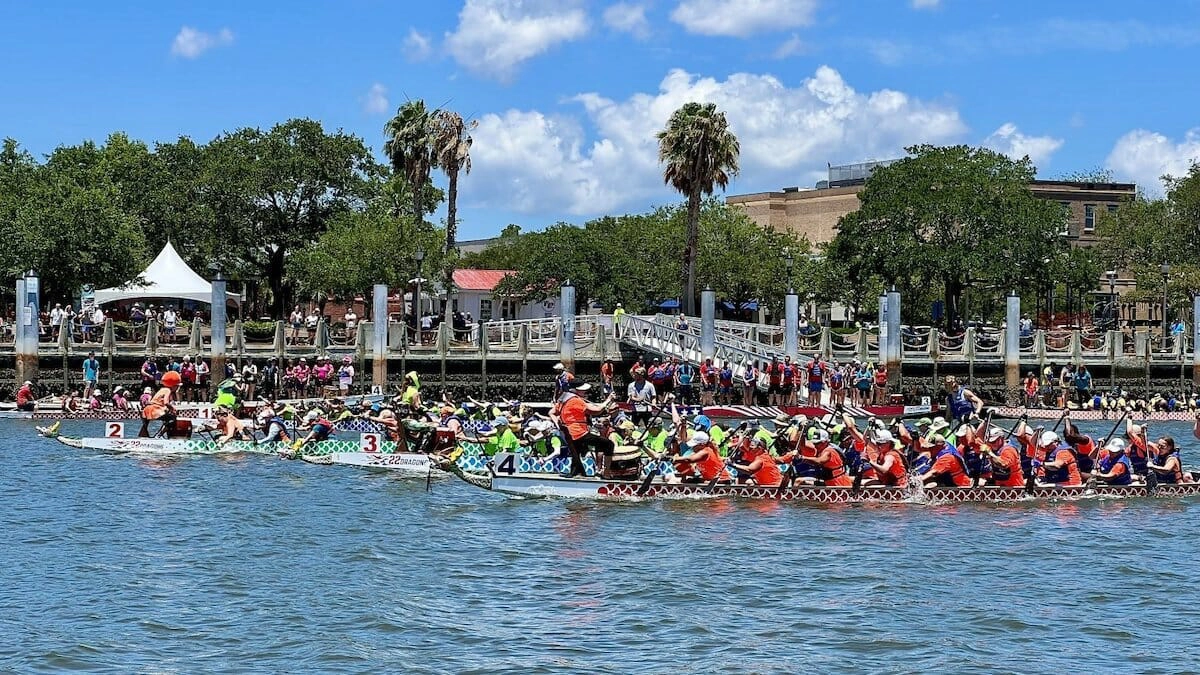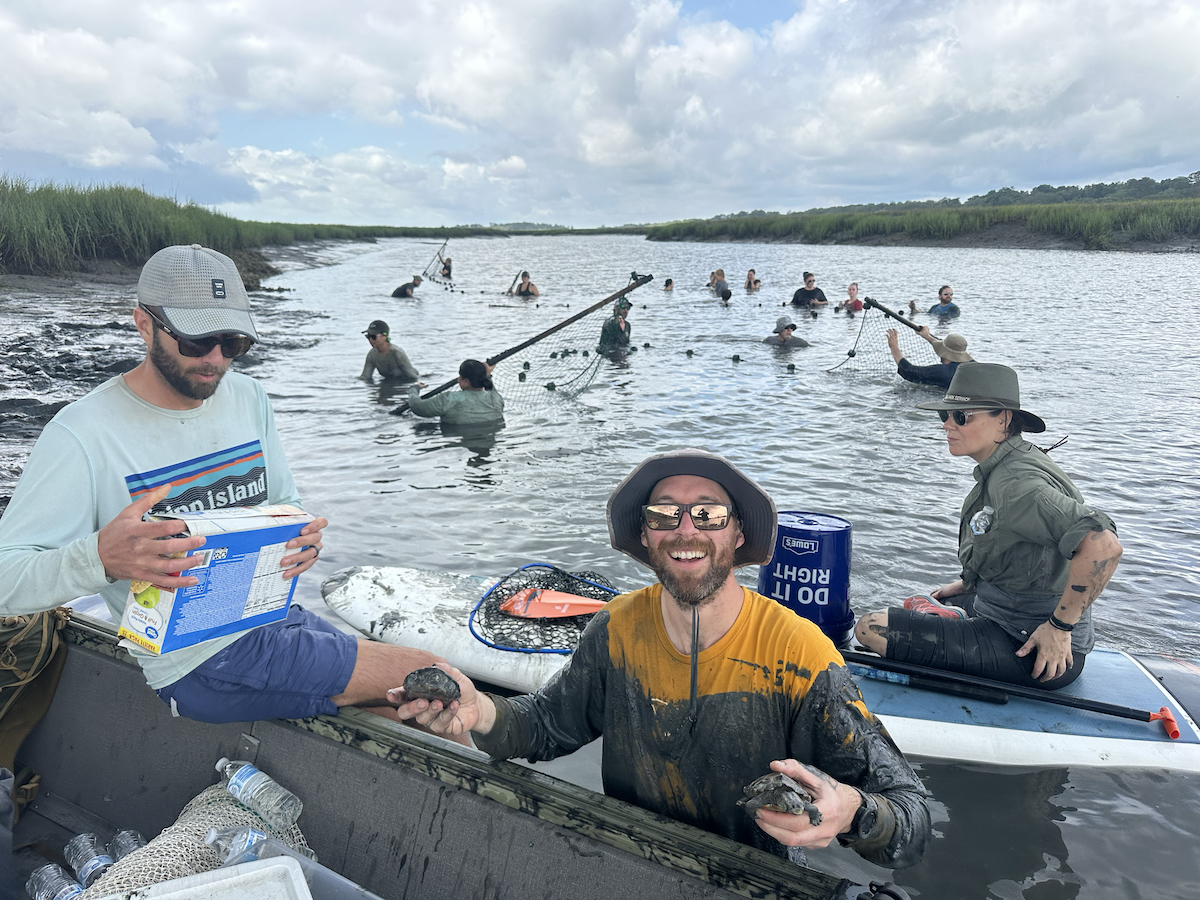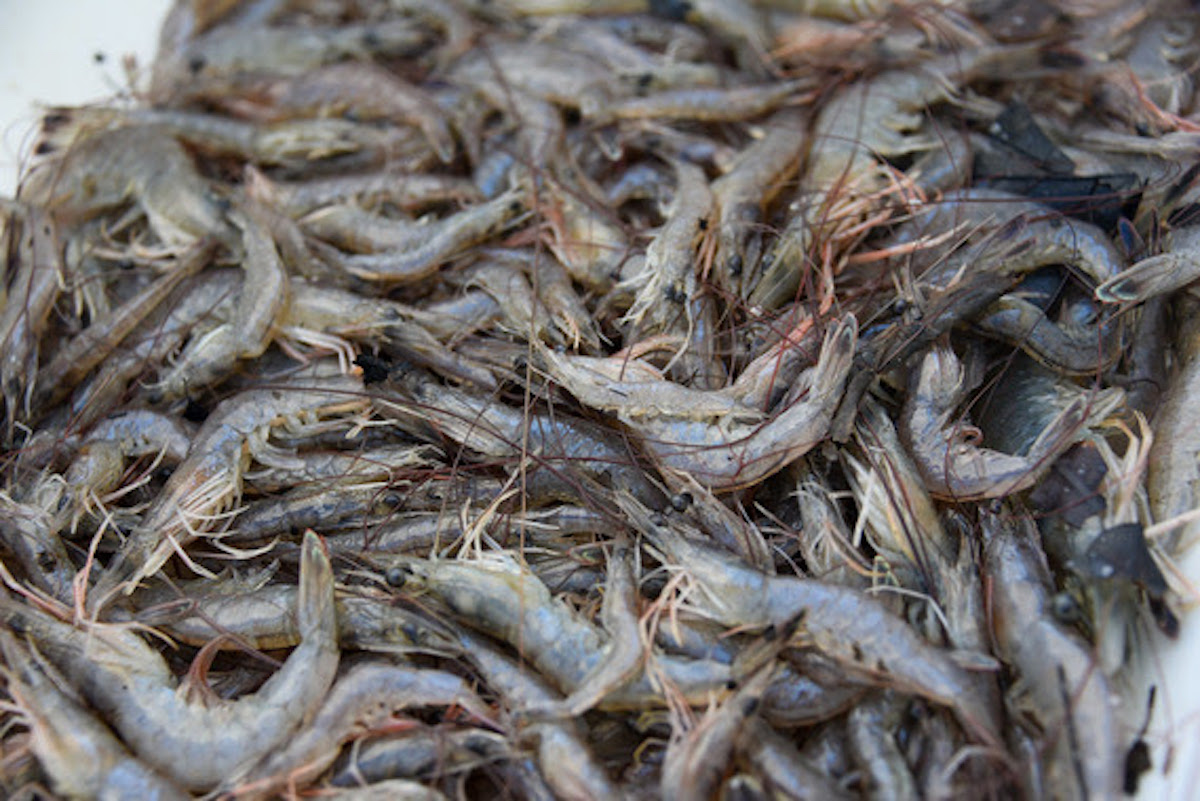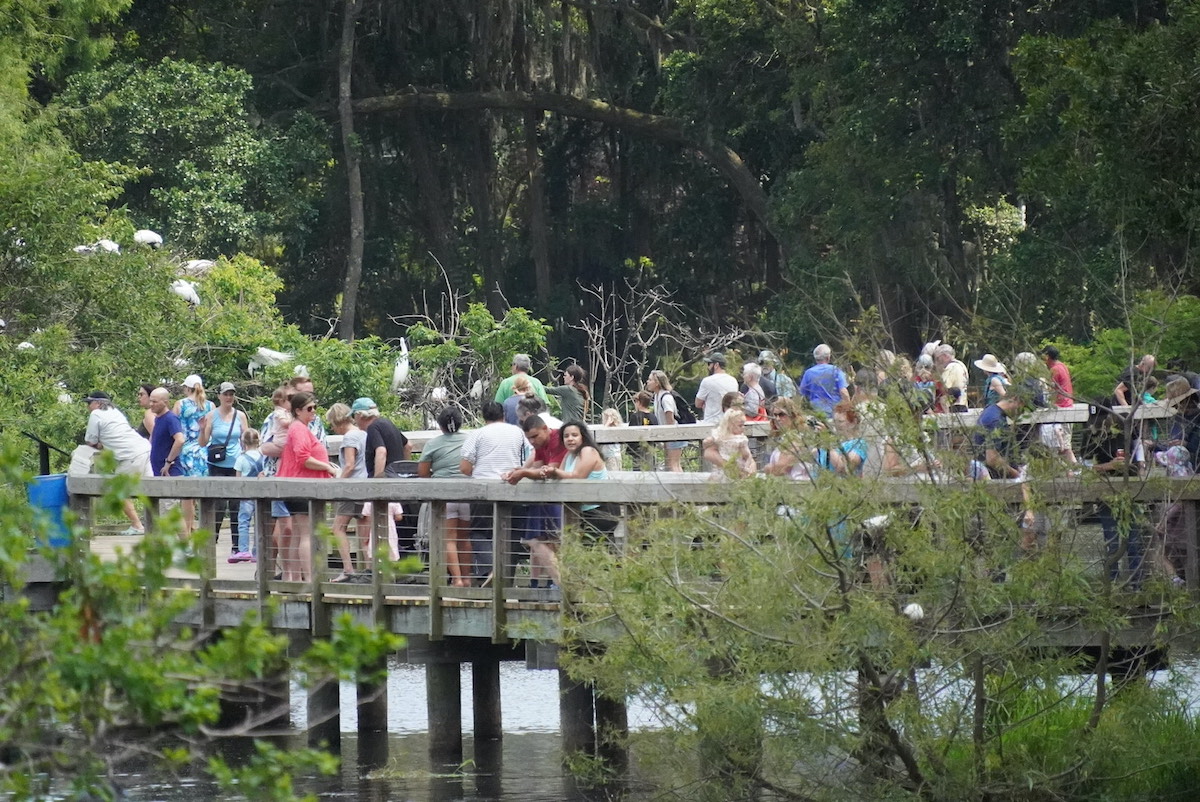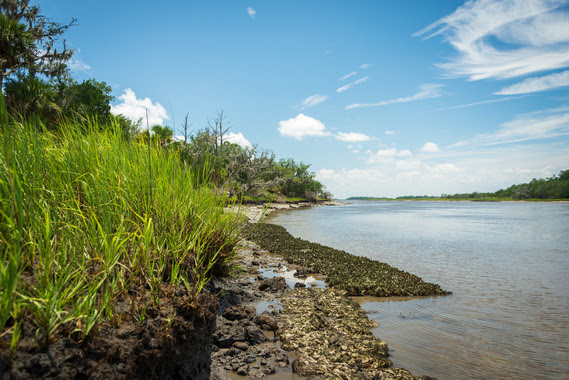By Tony Kukulich
Visitors to the Beaufort waterfront on Saturday will get an up close look at a unique maritime event Saturday afternoon.
The 16th annual Catboat Rally will be conducted over three days, Thursday, May 12 through Saturday, May 14. A field of 10 catboats will race from Savannah to Hilton Head Island on Thursday. The following day, the boats will race from Hilton Head to Beaufort. The event will culminate with three buoy races Saturday in the Beaufort River.
“We come from sailing other boats all our lives,” Norwood said. “We’re coming together and the competition is very intense. It’s pretty special.”
The first race on Saturday is expected to reach downtown Beaufort around noon, though the start time will be dependent on the wind and weather. The second race will start from the waterfront park shortly after the completion of the first race and will finish in front of the Beaufort Yacht and Sailing Club. The final race will start and finish at the yacht club.

Catboats were originally developed in New England as workboats. They reached their peak around the turn of the 20th century. Their design is distinguished by several unique features. They average around 18-feet in length and are nearly half as wide as they are long. The wide beam makes the boats stable and easy to sail. They have a single mast near the bow, much further forward than many other sailboat designs. Their shallow draft allows them to operate in shallow coastal waters where they were used for fishing, crabbing, oystering and lobstering.
“They’re relatively easy to sail,” Norwood said. “That was needed because the people who were doing the work needed to be working as well as sailing the boat. It had to be relatively simple, and it is.”
One of the best examples of a classic catboat, the Silent Maid, is in the Lowcountry to participate in the races. Captain Henry Colie spent 16 days sailing the Silent Maid down the Intracoastal Waterway from Bay Head, N.J., to participate in this week’s rally, a distance he estimated at 800 miles. It’s his second time doing so.
“It’s a lot of fun,” Colie said. “The boat has many different gears. Either we can sail her with two people or we sail her with 17 depending on the sail area to match that. We race her or cruise her. It’s a good all-around boat. There’s a lot of volume down below. Catboats are known for being bigger than they are. They’re very predictable.”
Unlike modern catboats that feature fiberglass hulls, the Silent Maid has a hull made from western red cedar over an oak frame. At 33-feet long, it’s significantly larger than many catboats. That extra length means it’s faster than the shorter boats. It’s capable of running at six to seven knots while the smaller boats will do four to five knots. To keep the race fair, it will be handicapped by a later starting time than the rest of the field.
Catboats have gained popularity in recent years among racers and recreational sailors for their classic design aesthetic and easy handling. A new catboat will set its owner back around $65,000, while used boats can be found for as little as $10,000.
All of the boats involved in the race will fly the flag of Ukraine in a show of support for the people in that war-torn county. The owner of the Silent Maid has gone a step further. A donation of $1,000 to support Ukrainian war refugee relief will be made for every selfie taken with the Silent Maid and posted with the tag #silentmaid. There is a daily donation limit of $5,000.
To win a sailboat race, the crew must keep their focus, Norwood said. Sailing skills and knowledge of the local waters also play key roles.
He added, “It’s the boat that makes the fewest mistakes that wins.”
Tony Kukulich is a recent transplant to the Lowcountry. A native of Wilmington, Del., he comes to The Island News from the San Francisco Bay Area where he spent seven years as a reporter and photographer for several publications. He can be reached at tony.theislandnews@gmail.com.


